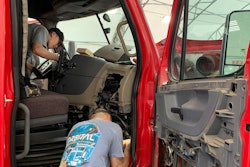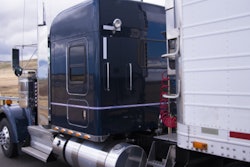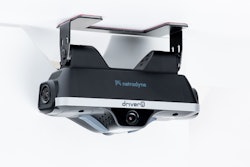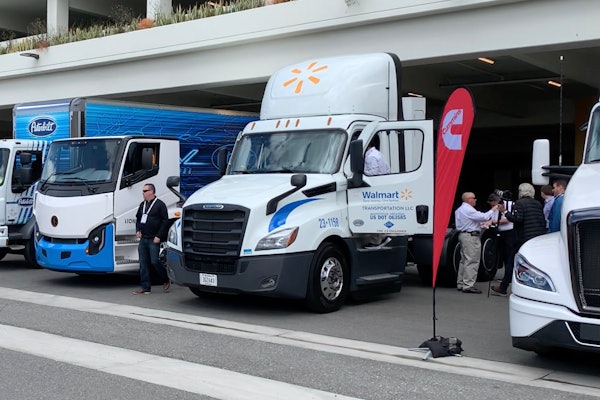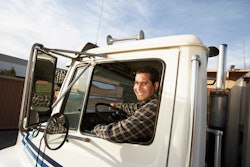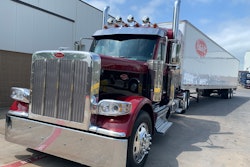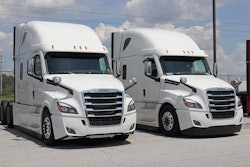Last year, a Zonar field services technician walked the fleet yard with the fleet manager during an onsite customer training. Toward the back of the yard was a large open space where several trucks were oddly parked. Each appeared to be damaged. He chided the area, saying it looked like a trucking graveyard. The manager replied with a frustrated sigh. “Sort of,” he said. “These are all vehicles involved in insurance litigation.”
After even a minor collision, fleets may have to spend anywhere from $16,000 to $75,000 for repairs in addition to the thousands lost to downtime for the sidelined truck. If the collision is severe, protracted insurance claims could sideline a vehicle for months or years. The total cost may also skyrocket based on any injury or fatality.
A lot of money is at stake for the plaintiffs, respondents, insurance companies and attorneys involved. Millions may be spent, saved or awarded. Fleet owners must take a proactive stance to reduce the possibility of litigation.
Now, with the rapid advancement and adoption of in-cab technologies, vehicle downtime due to litigation can often be reduced. According to reports going as far back as 2019, 58% of fleets report receiving insurance discounts from their use of in-cab cameras, and many have seen reductions in collisions overall.
The time has come for all fleets to put technology to work for their advantage in the case of a collision.
Dual-facing cameras are essential in collision cases in which a driver is not at fault, as they may provide evidence that exonerates the driver. An early exoneration can mitigate the risks of plaintiff insurance claims and litigation.
Consider circumstances in which a third party is at fault. The driver responded exactly as trained, but there are no witnesses. While insurance adjusters may be able to piece together facts based on the damage and roadside photographs, the opposing party’s claim may place undue blame on the truck driver. The plaintiff may not have malicious intent, but recollections of the collision or unfortunate determinations by adjusters could alter a borderline case into one in which the fleet is liable.

